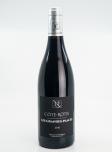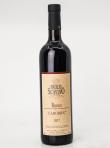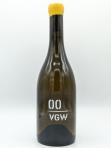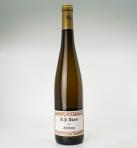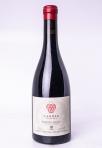Wine Store
|
Qty:
|
|||||||||||||||
|
Qty:
|
|||||||||||||||||||
|
Qty:
|
||||||||||||||||||||
|
Qty:
|
||||||||||||||||||
|
Qty:
|
||||||||||||||||||||||
|
Qty:
|
||||||||||||||||||
|
Qty:
|
|||||||||||||||
|
Qty:
|
||||||||||||||||
|
Qty:
|
|||||||||||||||
|
Qty:
|
|||||||||||||||
|
Qty:
|
|||||||||||||||||
|
Qty:
|
|||||||||||||||
|
Qty:
|
|||||||||||||||||
|
Qty:
|
|||||||||||||||||
|
Qty:
|
|
Qty:
|
|||||||||||||||
|
Qty:
|
|||||||||||||||
|
Qty:
|
|||||||||||||||
|
Qty:
|
|||||||||||||||
|
Qty:
|
||||||||||||||||
|
Qty:
|
||||||||||||||||
|
Qty:
|
|||||||||||||||
|
Qty:
|
||||||||||||||||
|
Qty:
|
||||||||||||||||
|
Qty:
|
||||||||||||||||

